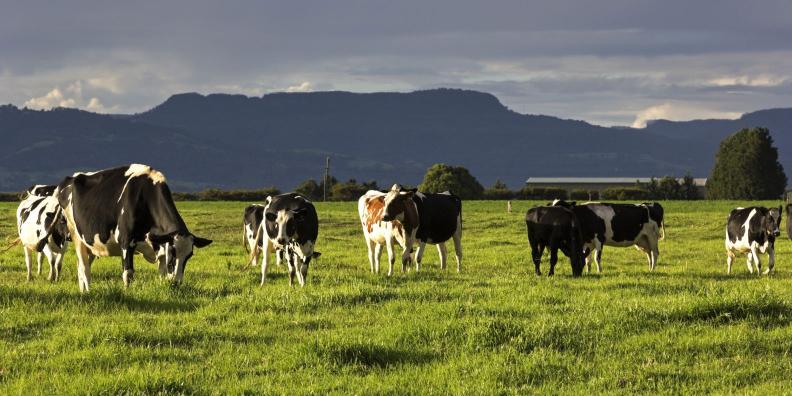

Dr Gareth Kelly
I always enjoy watching the Olympics. The pinnacle event for me is the 100m race. As each runner is introduced to the crowd, you get to see their strength and a glimpse of their character. But the question remains, who can handle the pressure and be the quickest to win the gold medal?
If there was an event for the best pour-on drench, criteria such as potency (strength), speed of kill, and ability to cope with external challenges would help decide the winner.
Eprinex® Pour-On for Cattle is the gold medal performer when we compare it to the competition.
The active ingredient of Eprinex, eprinomectin, resulted from a targeted programme of discovery and development. The objectives of the research programme were to find a molecule and a carrier that possessed all the favourable characteristics of the pioneer compound ivermectin, but in addition had greater potency, particularly against one of the dose-limiting nematode genera, Cooperia, and a residue profile to have nil meat and milk withhold periods.
Australian research has shown on properties where ML resistance was identified in Cooperia, Eprinex maintained a higher efficacy compared to moxidectin and doramectin.1 While combination drenches are an important tool to combat resistant Cooperia, the result demonstrates the potency advantage of Eprinex.
Strategic parasite control programmes incorporating anthelmintics are designed to limit pasture contamination with worm eggs. Following administration at the recommended dosage, Eprinex provides persistent efficacy to control reinfection with a range of parasitic nematodes for up to 28 days when cattle graze contaminated pastures.
What differentiates Eprinex from most other treatments is that, because of its high potency, it has persistent activity against more species of parasitic nematode, including Cooperia.
Less pasture contamination also occurs when a treatment works quicker. Studies have shown that Eprinex works fast and reaches peak blood concentrations after 2 days2 to stop egg production quickly.
A study showed that 3 days after treatment, 88% of cattle treated with Eprinex had a zero worm egg count, compared to 48% and 44% in cattle treated with doramectin or moxidectin.3
Eprinex is also able to perform under extreme variable conditions. In series of controlled experiments, the performance of Eprinex was tested under a range of rainfall conditions and in cattle with varying hair length.4 Simulated rainfall of 25mm was applied over an hour, either 1hr before treatment or one, three, or six hours after treatment. No difference in efficacy was noted compared to treated animals not subjected to rainfall. No difference was recorded either in cattle with hair coat of 1 cm or up to 6 cm long. No matter the season, wet or dry, Eprinex has proven to be a winner.
But the real winners when using Eprinex are the farmers who choose Eprinex. Controlling parasites with Eprinex has been shown to increase liveweight gain, milk yield and fertility.5 This successful trifecta of outcomes helps ensure that drenching cattle remains an investment to achieve better returns on the farm.
Eprinex has been shown to be a winner in the scientific press and proven to perform on-farm where it’s needed. For your next parasite control treatment, choose the gold medal option. Trust what works!